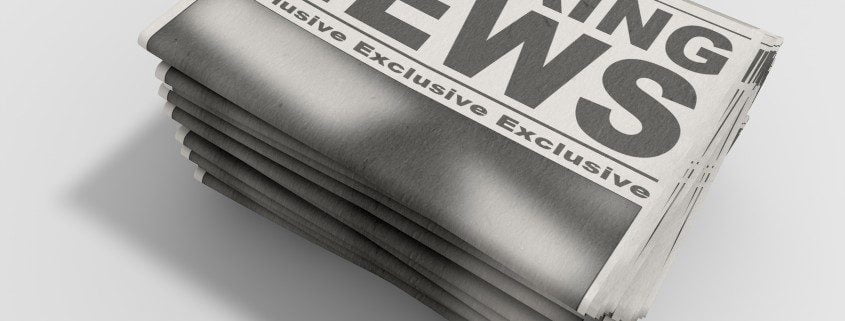Writing a Media Release that Makes the News
1. Make your media release news, not marketing
- solves a genuine need for your audience
- offers fresh and relevant information
- adds unique value to readers in some way.
2. Hit hard in the headline when writing a media release
3. The first paragraph of your media release must say it all
4. Back up the claims when writing a media release
5. Lose the fluff when writing a media release
News space is valuable real estate, so editors want to get straight to the facts. Strip out hype when writing a media release and present neutral factual information. Develop a corporate media release template if you don’t already have one.
Standard presentation is:
MEDIA RELEASE
<<date>>
HEADLINE
<<first paragraph>>
<<body copy>>
ENDS:
<<your contact details>>
<<spokesperson’s contact details>>
It’s good practice to dispatch your media release via email including details of photo and interview opportunities.
A print-worthy media release begins with a strong story and finishes with savvy writing. There are plenty of strategies for getting your media release into print too. Like targeting your editors and journalists, writing for online publication and more…but we’ll cover this in another post.



